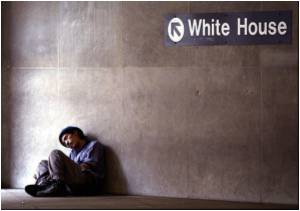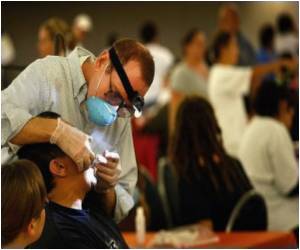Adult women belonging to the high income inequality were linked with lower levels of meeting aerobic and overall physical activity recommendations, than men.

‘The amount of time available to women for physical activity is less due to increased working hours and caring responsibilities at home, which thereby increases the risk of various conditions.’





In analyzing data gathered from over 350,000 adults in the US, the researchers found that, among adult women, high income inequality was associated with a lower likelihood of meeting aerobic, strengthening, and overall physical activity recommendations. The study does not find the same association between state-level income inequality and physical activity for men.
These findings are consistent with other studies which identify how income inequality affects the health of men and women differently and support the suggestion that women's health status might be affected by income equality.
However, this paper goes further in drawing an association between the impact of increased income inequality on levels of physical activity and associated health conditions such as obesity and coronary heart disease for women in these areas.
The study suggests that reasons such as increased working hours and greater caring responsibilities for women as well as a growing number of households headed by women are impacting the amount of time available to women for physical activity and therefore increasing the risk of associated conditions.
Advertisement
The researchers suggest further investigation to determine why women are less likely to meet physical activity recommendations in states with higher income inequality and to further explore the reasons for the association between income inequality and physical activity.
Advertisement
Source-Eurekalert











